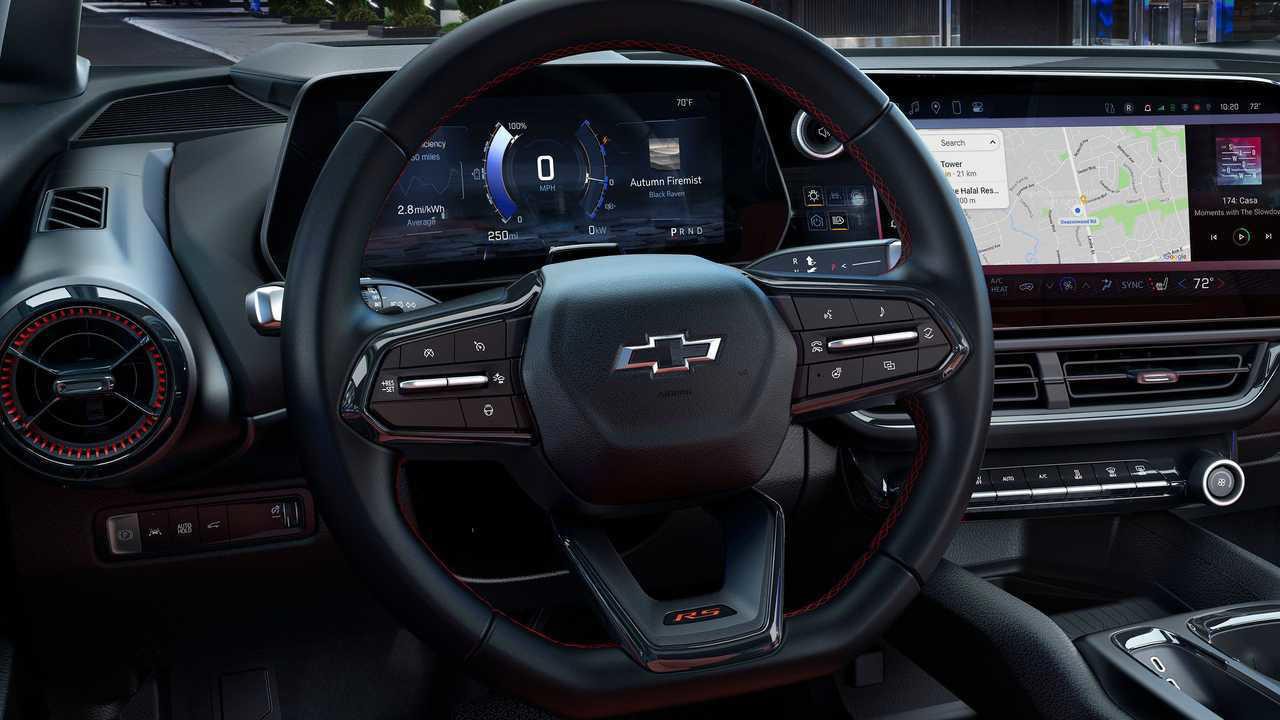
In a surprising move that has sent ripples through the automotive industry, General Motors (GM) recently announced its decision to phase out Apple CarPlay from its future electric vehicles. This bold step marks a significant shift in the company's approach to in-car technology and user experience. To shed light on this decision, we spoke with GM's software boss, Baris Cetinok.
The Rationale Behind the Decision
According to Cetinok, the decision to move away from Apple CarPlay stems from GM's desire to create a more integrated and seamless user experience for their customers. "We believe that by developing our own infotainment system, we can offer features and functionalities that are specifically tailored to our vehicles and our customers' needs," Cetinok explained.
Enhancing User Experience and Safety
One of the primary motivations behind this move is to improve safety and reduce driver distraction. Cetinok emphasized that GM's proprietary system will be designed with a focus on minimizing cognitive load on drivers, allowing them to keep their eyes on the road and hands on the wheel.
Data Control and Customer Insights
Another factor influencing GM's decision is the ability to gather and analyze valuable data about how customers use their vehicles. This information can be used to improve future products and services, as well as to offer personalized experiences to drivers.
The Future of In-Car Technology
Cetinok envisions a future where the car's infotainment system is seamlessly integrated with other vehicle systems, from navigation to battery management in electric vehicles. This level of integration, he argues, is difficult to achieve with third-party systems like Apple CarPlay.
Addressing Customer Concerns
Recognizing that some customers may be disappointed by the removal of Apple CarPlay, Cetinok assured that GM's new system would offer similar functionality and ease of use. "We're committed to creating an intuitive, feature-rich experience that our customers will love," he stated.
The Road Ahead
As GM moves forward with this strategy, Cetinok and his team are focused on developing a system that not only matches but exceeds the capabilities of current smartphone integration solutions. While the transition may present challenges, GM believes this bold move will ultimately benefit its customers and strengthen its position in the evolving automotive landscape.
This decision by GM marks a significant shift in the automotive industry's approach to in-car technology. As other manufacturers watch closely, it remains to be seen whether this will spark a broader trend away from third-party infotainment systems.